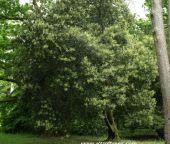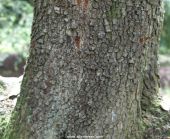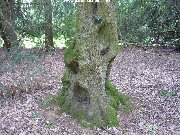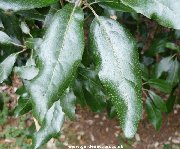Categories
Calendars
Guides
- Help on the Allotment
- Greenhouse World
- The Perfect Lawn
- Water Garden Features
- Beginner's Corner
- Pest and Disease
- Garden Techniques
Reviews
Archive
Gallery
Articles
Ask Our Gardening Expert
The Holm Oak
Also known by various other names such as the Holly Oak or the Evergreen Oak.
Widely grown because the wood can be used for a variety of purposes.
Holm Oak
( quercus ilex
)
The Holm Oak is native to Mediterranean areas spreading from France in the West,
eastwards to Greece. But because of the beauty of the tree and the many uses for its
wood, it has been planted in most areas of North America and Europe.
This is a large tree which can reach up to 28m (80ft) when fully mature. Depending on the growing conditions, the Holm Oak is normally as wide as it is high.
The bark of quercus ilex is a mosaic of raised dark grey tiles.
The leaves grow to 7.5cm (3in) long and 2.5cm (1in) wide but the size varies dependant on how old they are. Older leaves (up to two years old) are the largest.
Another variable feature of the leaves is that those lower down the tree are often spiny whereas higher leaves have smooth edges as in the picture above. One theory is that the lower spiny leaves will protect them from being eaten by animals.







